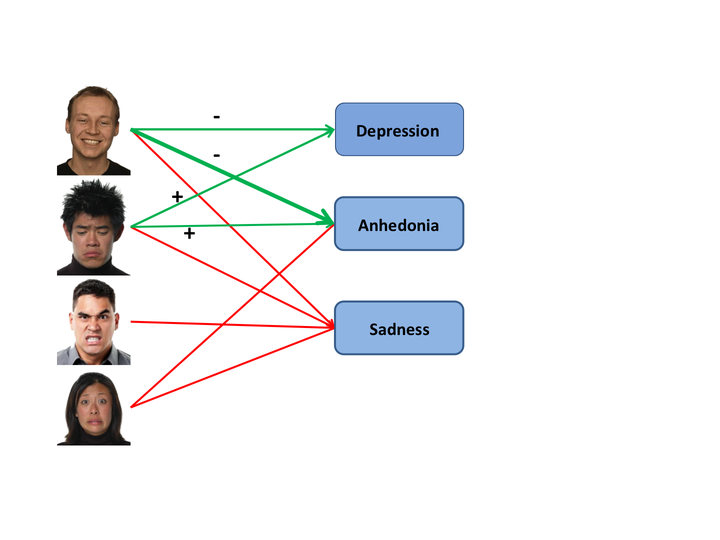Slow identification of facial happiness in early adolescence predicts onset of depression during 8 years of follow-up

Abstract
Facial emotion identification bias has been suggested as trait marker for depression, but results have been inconclusive. To explore whether facial emotion identification biases may be trait markers for depression, we tested whether the speed with which young adolescents identified happy, sad, angry and fearful facial emotions predicted the onset of depression during an eight-year follow-up period. Data were collected as part of the TRacking Adolescents’ Individual Lives Survey (TRAILS), and involved 1840 adolescents who participated in a facial emotion identification test at age 11 and were subjected to the World Health Organization Composite International Diagnostic Interview (CIDI) at age 19. In a multi-emotion model, slow identification of happy facial emotions tentatively predicted onset of depressive disorder within the follow-up period. Slow identification of happy emotions and fast identification of sad emotions predicted symptoms of anhedonia, but not symptoms of sadness. Our results suggest that the relative speed of identification of happiness in relation to the identification of sadness is a better predictor of depression than the identification of either facial emotion alone. A possible mechanism underlying the predictive role of facial emotion identification may be a less reactive reward system.